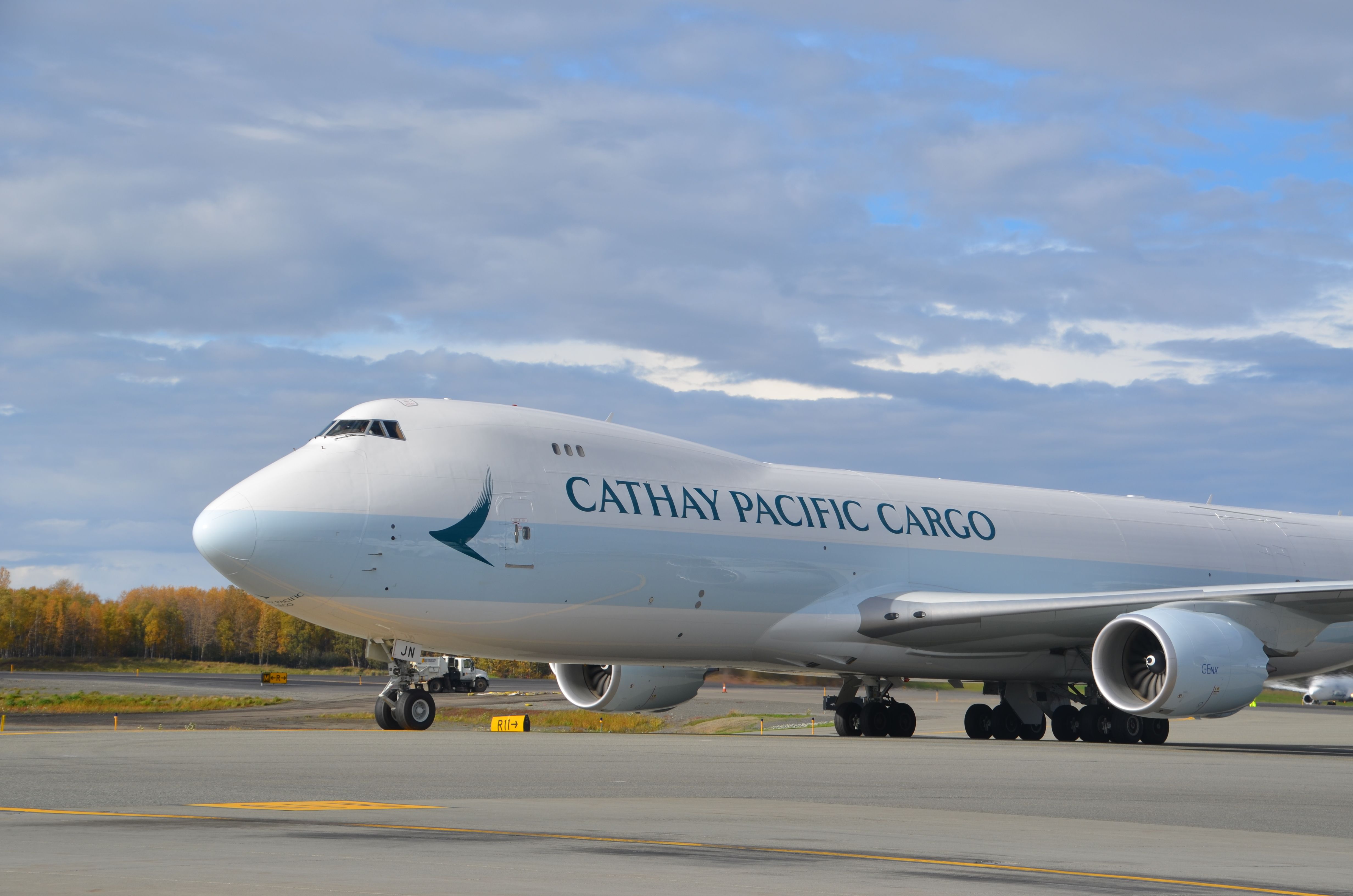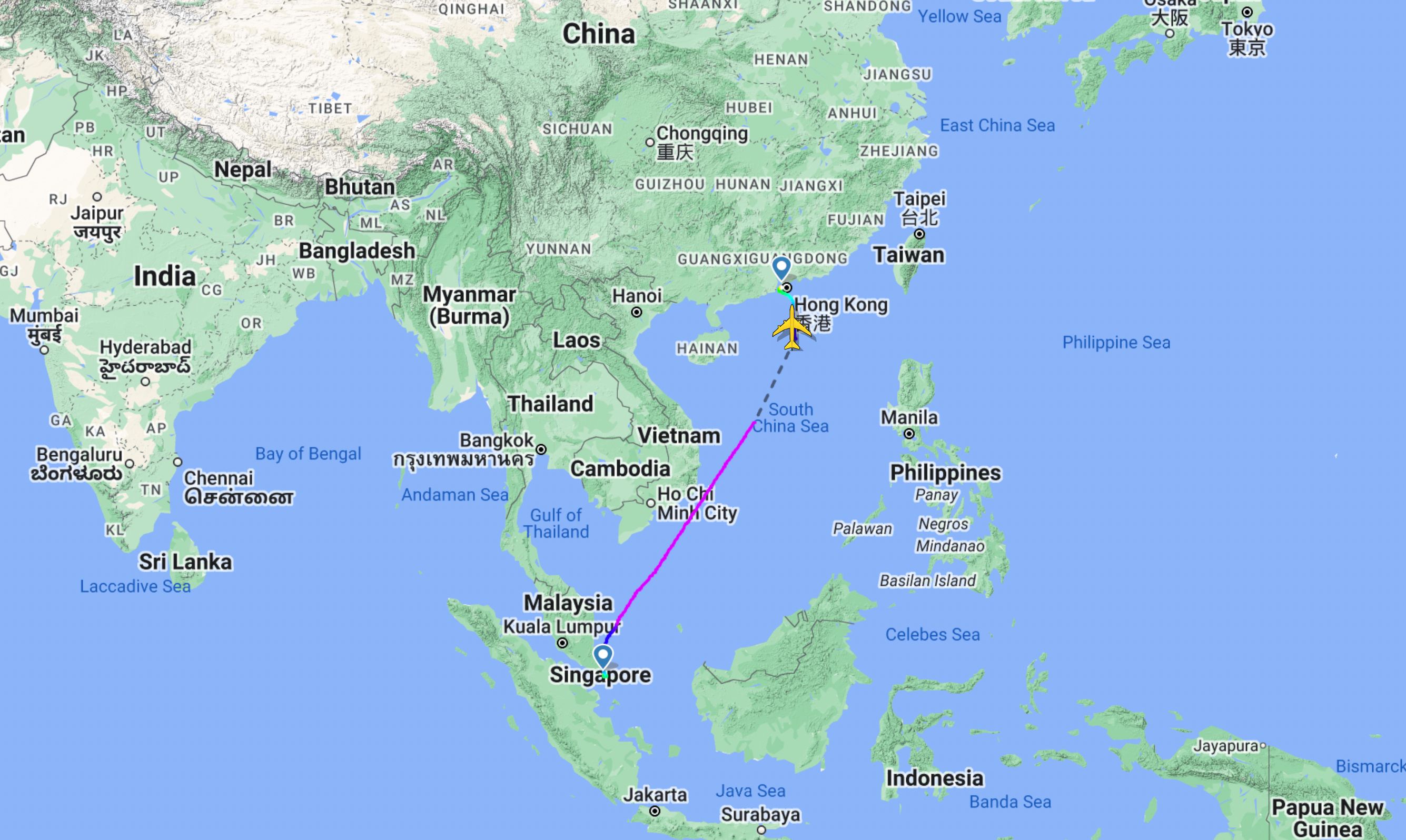So many airlines have done their first flight with blends of sustainable aviation fuel and jet fuel that the aviation world totally understands that the concept works. The sector also acknowledges that until new propulsion technologies emerge, using these blends is just about the only way to meet emission reduction targets, such as net zero by 2050.
So the issue is not if sustainable aviation fuels (SAF) work, but is around who is developing and paying for the infrastructure to make it available. That also means meeting the massive quantities that aviation needs every day and at a price that can sustain the industry and that passengers are willing to pay via their tickets.
Cathay Pacific is doing what it can today
While those big-picture issues are being sorted out, Cathay Pacific is progressing down a path to net zero carbon emissions by 2050. The Hong Kong-based airline is working towards an interim goal of using SAF for 10% of its total fuel use by 2030, and to get there, it has just completed its first overseas refuel using fuel blended with SAF.
Photo: Cathay Pacific
Having already proven the use of SAF in Hong Kong, Cathay Pacific wanted to do a trial of refueling aircraft at a foreign airport, choosing Singapore Changi Airport for the trial. Four Cathay cargo flights were refueled at Changi using SAF in June before operating flights to Hong Kong and Penang in Malaysia.
Cathay Group CEO Ronald Lam said the trial was an important milestone for the airline and its ambition to achieve net-zero carbon emissions by 2050. He added:
“As an international airline, we have a leading role to play in helping the aviation industry to decarbonise and we are constantly exploring solutions and advocating for extensive collaboration with many stakeholders to combat climate change.
“We firmly believe that SAF will be the primary lever by which the aviation industry achieves net zero and by expanding the uplift of blended SAF onto commercial flights at Changi airport as well as our home hub, we hope to strengthen SAF awareness across the Asia-Pacific region and send a strong signal to the supply chain that there is firm demand for SAF from airlines.”
Using 747s as the test aircraft
The flights were operated with Boeing 747-400ERF freighters, with three flights from Singapore Changi to Hong Kong International (HKG) and one to Penang International Airport (PEN). On June 28th, Cathay flight CX2076 departed SIN at 13:18 with the SAF onboard and landed at Hong Kong International at 16:47, after a 3:38 hour flight.
The 747-400ERF, registration B-LIC and MSN 36868, was built in 2009 and, according to ch-aviation.com, is one of six in the Cathay Pacific Cargo fleet, which also includes 14 Boeing 747-8Fs. Over the last six years, Cathay has used blended SAF on the delivery flights of new Airbus A350s, of which it has 18 A350-1000s and 28 A350-900s.
The neat SAF used for the Cathay flights was created from 100% used cooking oil, and on a lifecycle basis, it can reduce greenhouse gas emissions by nearly 90% compared to conventional jet fuel. It meets the International Sustainability and Carbon Certification European Union standards and was delivered in Singapore by ExxonMobil Asia Pacific Pte Ltd.
What are your thoughts on SAF availability, and who should pay for the infrastructure? Let us know in the comments.
Source: ch-aviation.com



-B-KPM.jpg)


